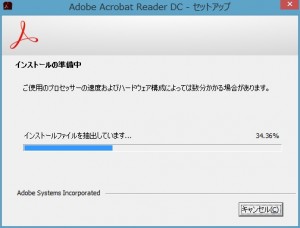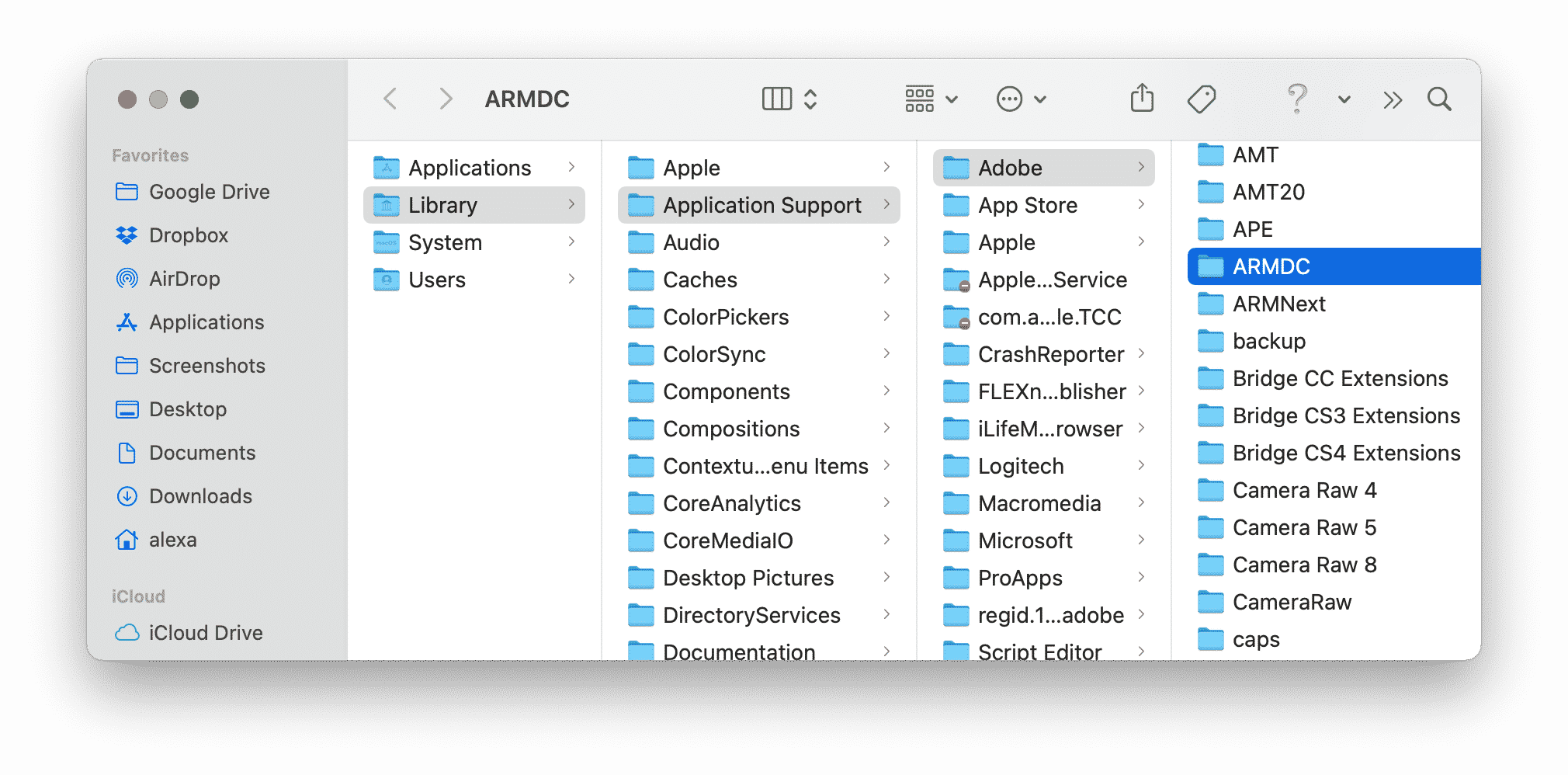

- Command line adobe dc osx how to#
- Command line adobe dc osx pdf#
- Command line adobe dc osx install#
- Command line adobe dc osx full#
- Command line adobe dc osx pro#
I can get it to install but not fully silently. You can use a Windows utility to list installed Windows udpates.
Command line adobe dc osx full#
We recommend that you use the create package workflows provided in the Adobe Admin Console.Īlso, depending on your PATH variable, you'll probably need to specify the application's full path.
Command line adobe dc osx how to#
This article explains how to deploy Adobe® Acrobat® DC if you are using Adobe® Creative Cloud™ for teams or enterprise. A list of required OS names which matches those in RequireOS. Use TARGETDIR on the command line or the AIP user interface to specify an install location other than C: when creating an AIP. First their website doesn't have any pricing or buy button, which is any annoying time waster. Use the AIP UI or this property on the command line to install from a directory other than C:, D:, etc. After you include Acrobat from the list, Acrobat is included in the package file that is created. Check Setup.ini prior to running Setup.exe. Step 12 - Start the Action Press "Start" button to execute the action.Relative or absolute path to an alternative (different) Bootstrapper INI file. If you have selected a folder as input and there are a lot of files in it, then it takes quite some time for Adobe® Acrobat® to display a "Start" button for launching the action (see next step). Click on the action in the "Actions" list to execute it. Step 11 - Select Action For Execution Now you should see this new action added to the "Action Wizard" toolbar. Press "Save" button to save these settings as a named "action" Step 10 - Add Action Name and Description Type desired "Action Name" and, optionally, type description into "Save Action" dialog. We have specified input files/folders, commands to use and where and how to save the results. Step 9 - Save Action Now we have completed configuring the command. Repeat this procedure multiple times to add more than one file/folder. Press either "Add file" or "Add folder" icon in the "Files to be Processed" section and select an input files/folder. Step 8 - Select Input Files/Folders To Process Now select input files/folders to run this action on. It is important not to add "Save" command unless it is necessary for other reasons. Unlike many of the standard batch commands, this operation does not modify the input document and therefore does not need "Save" command.
Command line adobe dc osx pdf#
Step 7 - Do Not Add "Save" Command The "Split Document" command takes an input document and splits it into multple output PDF files. If split settings have been previously stored in the APR settings file, then load spliting profile from the file. These settings will be used when command is executed. Step 6 - Configure Split Document Settings Configure all settings as required and press "OK" button. Press "Specify Settings" button in the "Action steps to show" box.

Uncheck "Prompt User" option (otherwise this command would always display a settings dialog when executed). Step 5 - Click "Specify Settings" Now the selected command will be added to the list of processing steps. Step 4 - Add a Command To the Action Steps Double click a command ("Split Document" in this example) or select it and press "+->" button to add it to the list of action steps. Step 3 - Expand the "More Tools" Category Click on the “More Tools” category to see the list of available commands. Step 2 - Create New "Action" Click on the "New Action" icon on the "Action Wizard" toolbar to create a new batch processing "action". Double-click on the "Action Wizard" tool icon to open tool controls.
Command line adobe dc osx pro#
Step 1 - Start Action Wizard Select "Tools" panel located on the main Adobe® Acrobat® Pro DC toolbar. You can download trial versions of both Adobe® Acrobat® Pro DC and AutoSplit™ Pro. Prerequisites You need a copy of Adobe® Acrobat® Pro DC along with AutoSplit™ Pro plug-in installed on your computer in order to use this tutorial. If you are using an older version of Adobe Acrobat, then here is the similar tutorial

This tutorial explains how to create an action using AutoSplit™ Pro plug-in tools with Action Wizard in Adobe® Acrobat® Pro DC. Once an action is created, it can be executed either manually from the Adobe® Acrobat® toolbar or fromĪ command-line batch file using AutoBatch™ plug-in. The "action" can be executed on multiple files at once or on an entire content of the folder(s). It allows to apply a series of PDF processing commands with user-specific settings to one or more PDF files without user interaction. It is also known as “Batch Processing” in previous versions of Adobe® Acrobat® (prior to version X). This functionality is called “Action Wizard”. Batch Processing: Splitting PDF files via Action Wizard Introduction The Adobe® Acrobat® Pro offers a powerful way for automating repetitive tasks.


 0 kommentar(er)
0 kommentar(er)
